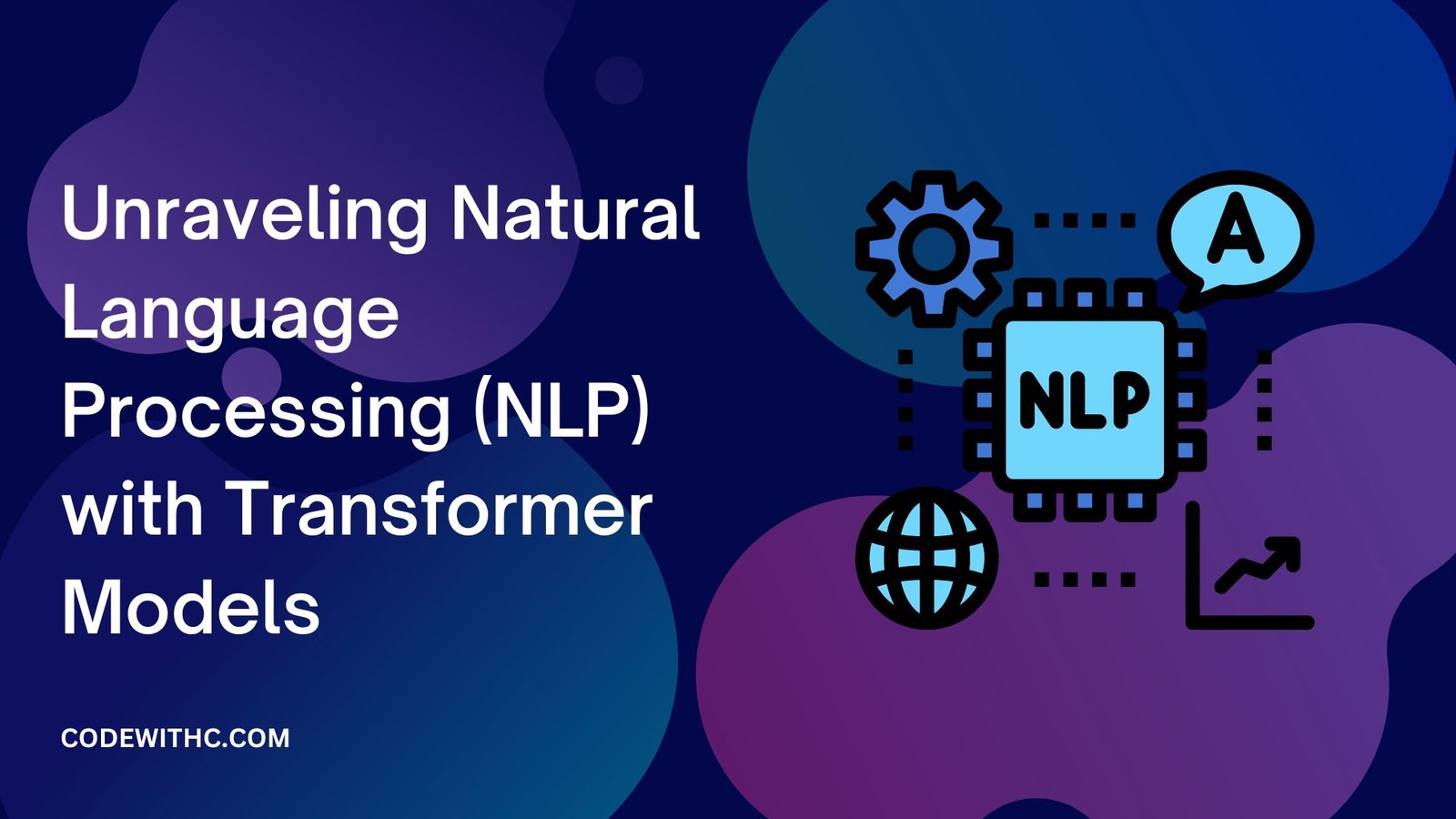Introduction (NLP)
So, my buddy Varun and I were hanging out at this cool café the other day, sipping on some chai lattes, and we got into this heated discussion on NLP. Varun’s a data scientist, and man, you should’ve heard him go off about how Transformer models are the future. After a couple of hours of nerding out, it hit me. I’ve gotta share this awesomeness with you peeps.
So, picture this: Varun and I are at this cozy little café that’s got this rustic vibe, right? The smell of freshly ground coffee is in the air, and there’s some indie playlist humming softly in the background. This place is our go-to when we really want to dive deep into something nerdy. We’re talking wooden tables, dim lighting, the whole shebang. We’re halfway through our chai lattes when Varun drops the bomb. “Dude, have you ever considered how amazing Transformer models are for NLP?” And just like that, the mood shifts. We’re no longer two friends catching up; we’re two tech enthusiasts going down a rabbit hole. Our conversation turns into this intense brainstorming session. We’re sketching models on napkins, debating activation functions, and throwing jargons around like confetti. That’s when it hits me. This is too good not to share. And so here we are, diving into the labyrinthine world of NLP and Transformer models.
Why Transformers?
Let’s be real. RNNs and LSTMs had their moments of glory, but they’ve got their limits. Transformers, my friends, are where the action’s at. Why? ‘Cause they handle parallelization like a pro. Imagine trying to juggle ten balls at once; that’s what RNNs do. Transformers? They’ve got ten hands, baby!
The Architecture
The Transformer model has two main parts: the Encoder and the Decoder. Picture this like a conversation between two people. The encoder listens, and the decoder responds. Simple, yet so darn complicated.
The Code You’ve Been Waiting For Encoder
Alright, let’s get to the meat of it, shall we? Here’s some Python code to give you a feel for how an encoder works in a Transformer model.
import tensorflow as tf
def encoder_layer(units, d_model, num_heads, dropout, name="encoder_layer"):
inputs = tf.keras.Input(shape=(None, d_model), name="inputs")
# ... code for multi-head attention and feed forward neural network
return tf.keras.Model(inputs=inputs, outputs=outputs, name=name)
Code Explanation
In this code snippet, units refers to the dimensionality of the output space. d_model is the depth of the model. num_heads is self-explanatory; it’s the number of heads in the multi-head attention models.
Expected Output
If all goes well, you should get a TensorFlow model that you can plug into your Transformer.
Decoding the Decoder
Now that we’ve got the encoder down, let’s talk decoders. Essentially, the decoder’s job is to take what the encoder’s spewed out and make sense of it.
Decoder’s Complexity
Just like the encoder, the decoder’s got multiple layers. And each layer has multi-head attention mechanisms — it’s like Inception but for NLP.
Key Challenges – NLP
Man, I gotta be honest. While writing code for transformers, debugging can be a beast. You’ve got so many layers, and one wrong move can mess up the whole architecture. But, hey, no pain, no gain, right?
Wow, we’ve covered a lot, haven’t we? It’s like we’ve been on this incredible road trip, but instead of cities and landscapes, we’ve been exploring code, models, and the challenges that come with ’em. And just like any good road trip, there are memories to cherish and lessons learned. I still recall the time I spent hours debugging my Transformer model, only to realize I’d made a silly typo. Oh man, the frustration was real, but so was the relief when I figured it out. It’s these ups and downs that make the journey worthwhile.
And hey, I want to hear from you too! How’s your journey with NLP and Transformer models been? Got any “Eureka” moments or roadblocks you wanna share? Drop ’em in the comments!
In closing, if this blog post has tickled your neurons even half as much as my conversation with Varun did for me, I’d consider that a win. Remember, the world of tech is like an endless ocean, and we’re all just surfers looking for that perfect wave. So, keep riding those algorithms, keep cracking that code, and most of all, keep being your awesome self.
Thanks for sticking with me, peeps! Until next time, “Code like there’s no tomorrow, debug like you’ve got all the time in the world.”






